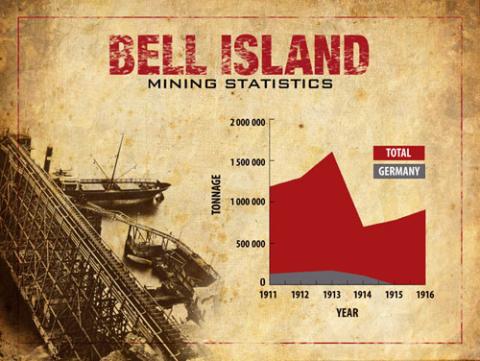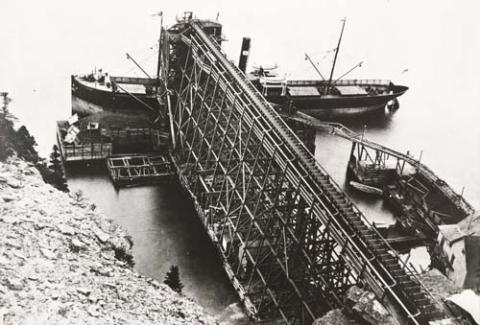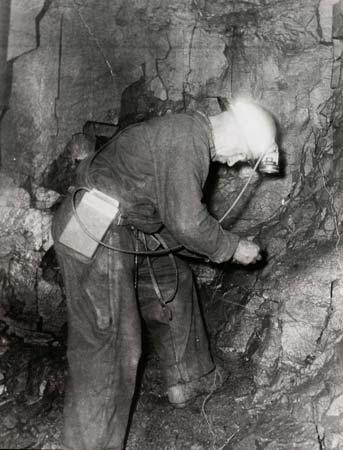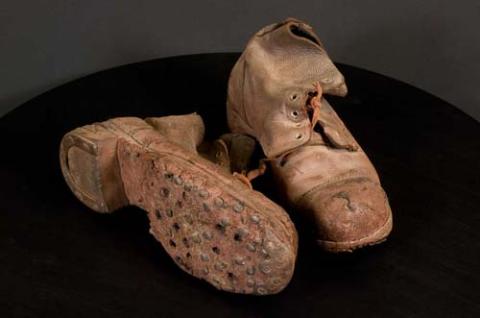For many Newfoundlanders and Labradorians, the war brought economic opportunities. The war disrupted much of the European fishery, resulting in a high demand for fish from other sources. As a result, the colony's fishery enjoyed several years of high demand and high prices.
The Fishery Catch Vs. Value 1910-1920
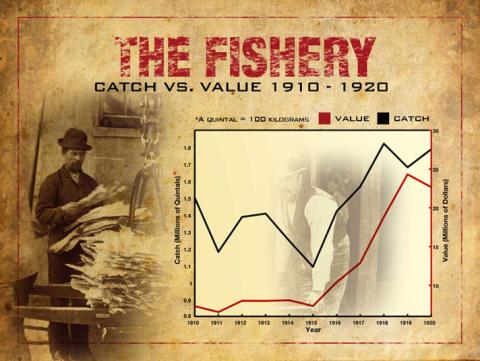
Background Image: The Rooms Provincial Archives B4-40
The rise in the price of fish affected the outport communities in particular and posed challenges for the communities and for the government.
During the course of the war, the Newfoundland Government's revenue steadily increased. By 1918, the colony had a surplus of over $1.1 million — the largest in its history.
Government Revenues
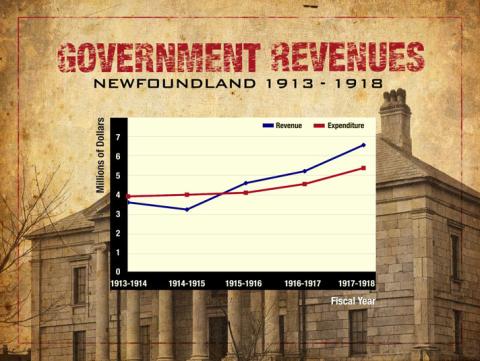
Background Image: Colonial Building
Source: Centre for Newfoundland Studies Archives and Special Collections Division, (Coll. 137, 2.04.001), Memorial University of Newfoundland Library
The war also meant an increased demand for other products from Newfoundland and Labrador and created new business opportunities.
The Newfoundland Shell Company In St. John's
Slideshow
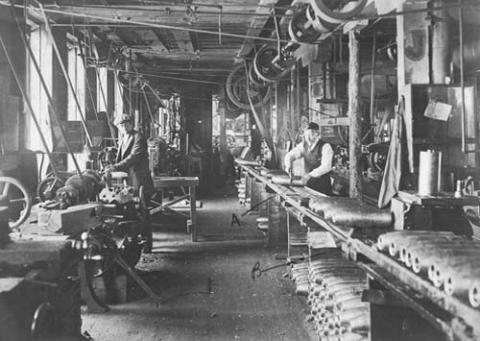
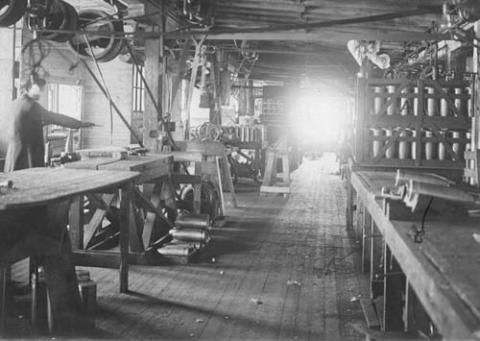
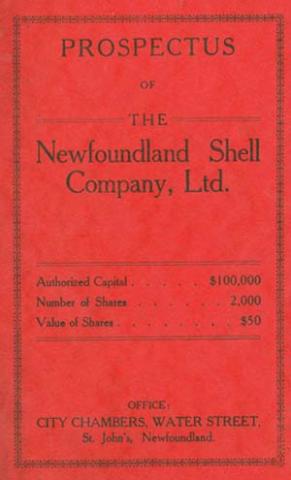
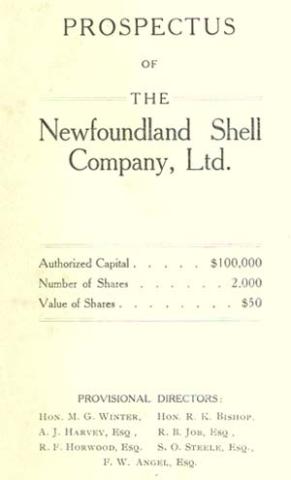
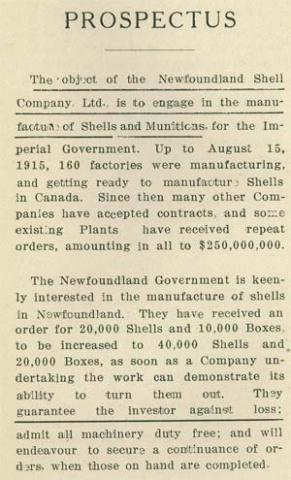
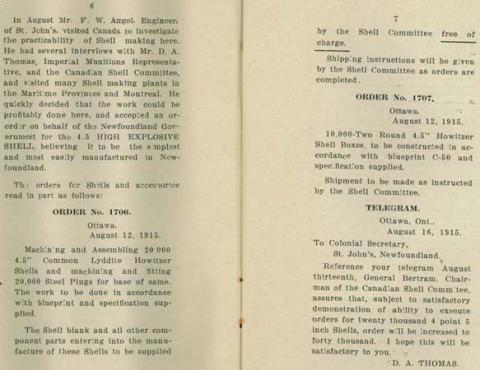
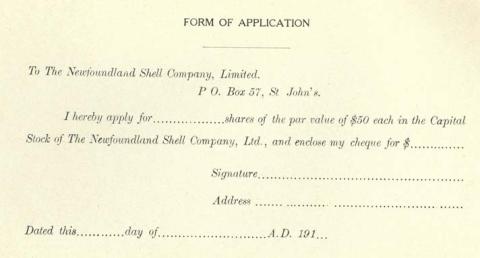
Bell Island Mining Statistics (With Photos)
Slideshow
The Bell Island mines were one temporary exception to the business boom triggered by the war. Germany was one of the mines' main buyers for its iron ore. The loss of this customer led to a temporary setback in 1914. However, the mines eventually recovered.
